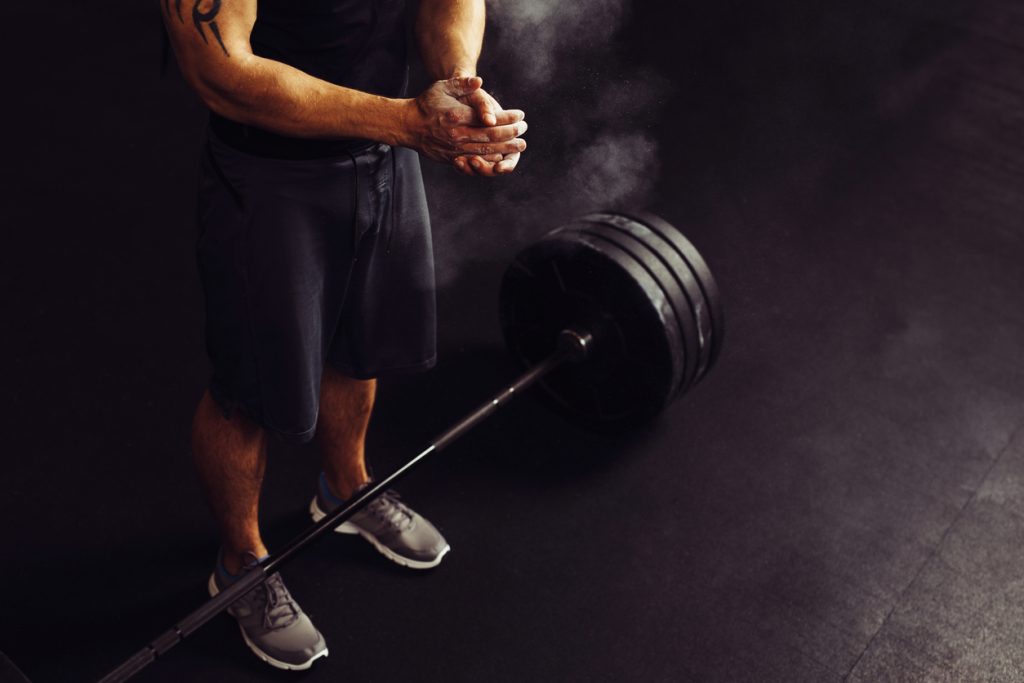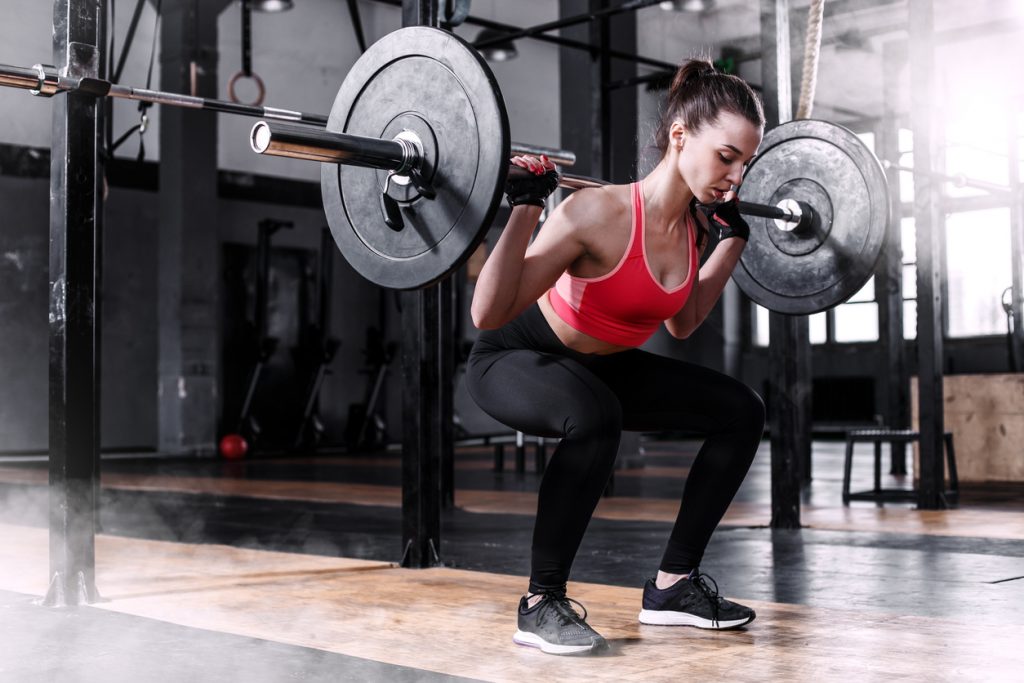In order to improve physical condition and performance, regular exercise is important. Here are five exercises to practice to promote strength and technical learning.
The snatch bend
In order to strengthen your physical condition, there's nothing like practicing the snatch bend: one from the panoply of weightlifting exercises.
The clavicle squat
The second exercise to practice is the clavicle squat, preferably in a weightlifting grip. The advantage of this exercise is that the back is more secure, thanks to the participation of the lumbar spine in the lumbopelvic support. Some athletes use the crossed arms position. Unfortunately, this one does not allow the fixation of the back mentioned previously.
The neck squat
The third exercise to practice is the neck squat. For this, it is recommended to place the bar between the upper and middle trapezius, under the prominent vertebra. However, this type of squat, due to the position of the bar, has disadvantages to the maintenance of the back and its integrity. This is caused by the forward engagement of the torso, thus increasing the vertebral leverage. However, the movements mentioned above are effective in eliminating this problem. To reduce spinal leverage, the bar may be lowered onto the posterior deltoids and middle trapezius.
The bench press
The bench press is the best movement to develop the chest. It works many muscles and has several variations that focus the muscle action on a muscle or a portion of a muscle. The bench press is performed in a comfortable position that allows the heaviest loads to be lifted, without the athlete necessarily risking injury.
At the end of the movement, the bar is always placed on a vertical plane passing through the shoulders. However, it can be lowered to the level of the stomach or neck. The lower the bar, the more the anterior deltoid and the clavicular fascicle of the pectoralis major are used.
With a broader grip which requires that the bar is lowered at the base of the neck and the elbows located under the bar, the bench press makes it possible to stretch the pectoral muscles more and works more the serrated major. This muscle is nevertheless little solicited during the bench press.
When doing push-ups, the serratus major is used: it brings the thorax back and keeps the shoulder blades fixed on the rib cage by moving them outwards.
Other muscles that assist the serratus major in this task are the angular, rhomboid, trapezius and pectoralis minor muscles.
There is also the high pulley recumbent, which involves lowering the arms straight or semi-flexed in front of the body, starting above shoulder level. This is a good movement for the serratus major. It also works the pectoralis minor and major, the dorsalis major, the round muscle, the long portion of the triceps and the abdominal muscles.
The bench press is an exercise often practiced in a wide grip, which makes it possible to work heavier because the bar has less distance to cover and the triceps do not limit the movement any more. This wide grip works especially the outside of the large pectorals.
With a maximum stretch, the gap that gives the most amplitude to the movement is the one that places the forearms vertically when the bar touches the chest. This hold helps to develop the central part of the pectorals. Moreover, the exercise carried out with dumbbells has the advantage of stretching to the maximum the large pectoral muscles before their contraction (external race).
There is also a narrower grip which works the interior part of the pectoral muscles (along the sternum, work in internal race). However, this one tires the triceps more quickly.
In the event of non-satisfaction of the results obtained on the pectoral muscles during the practice of the bench press, it is advised to these people to carry out the exercise by maintaining the elbows under the bar or slightly behind during its execution. This allows the elbows to move closer to the chest, the anterior deltoid and the clavicular fascicle of the pectoralis major.
The deadlift
The deadlift is the exercise that allows (with the squat) to lift the heaviest loads by the important participation of the thigh muscles. However, this movement is much more complicated than those mentioned above.
The first problem concerns the grip of the bar. Indeed, in order to make this one more effective, one generally reverses the grip of hands (example: left hand in pronation, right hand in supination).
The use of straps, which are wrapped around the wrists and the bar, helps to remedy this problem when restraint becomes excessively difficult due to forearm fatigue.
In addition to the above problem, three other muscle problems can occur in the hamstrings, lumbar and trapezius. To solve this problem, a partial workout can be performed to work the gluteus maximus more intensely, by raising the bar to knee height or slightly below.
Finally, if you wish to target the lumbar masses, the athlete must be elevated.


